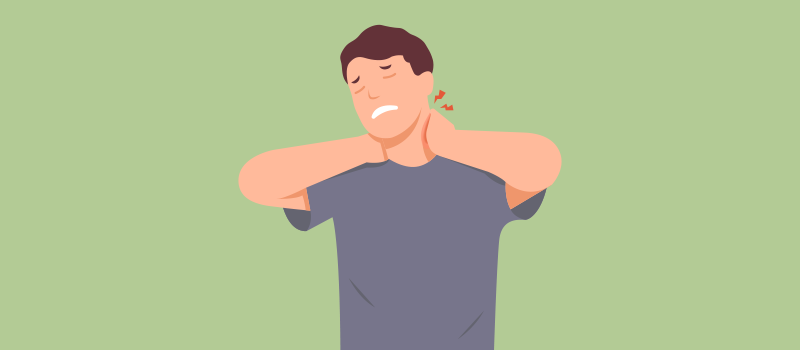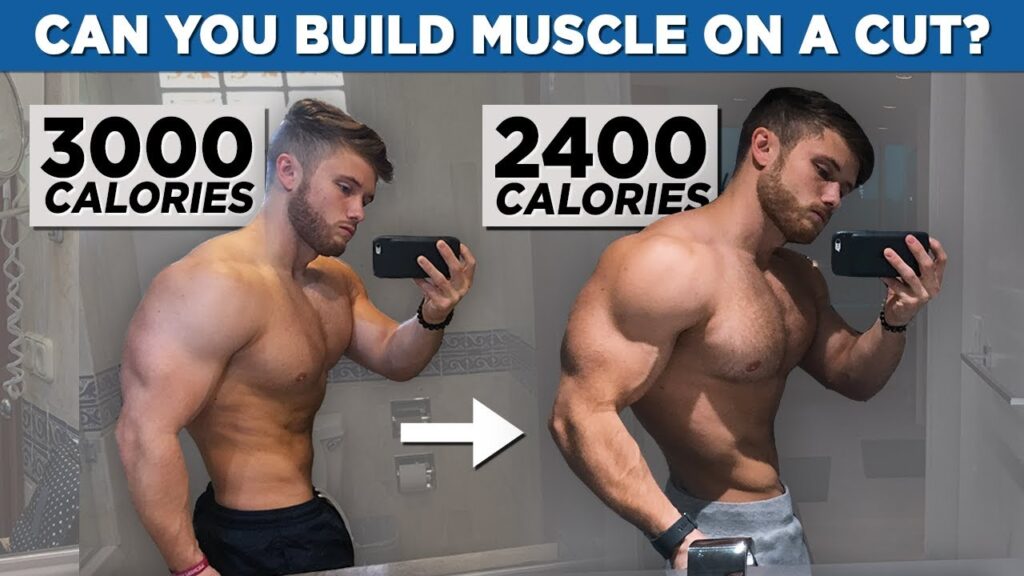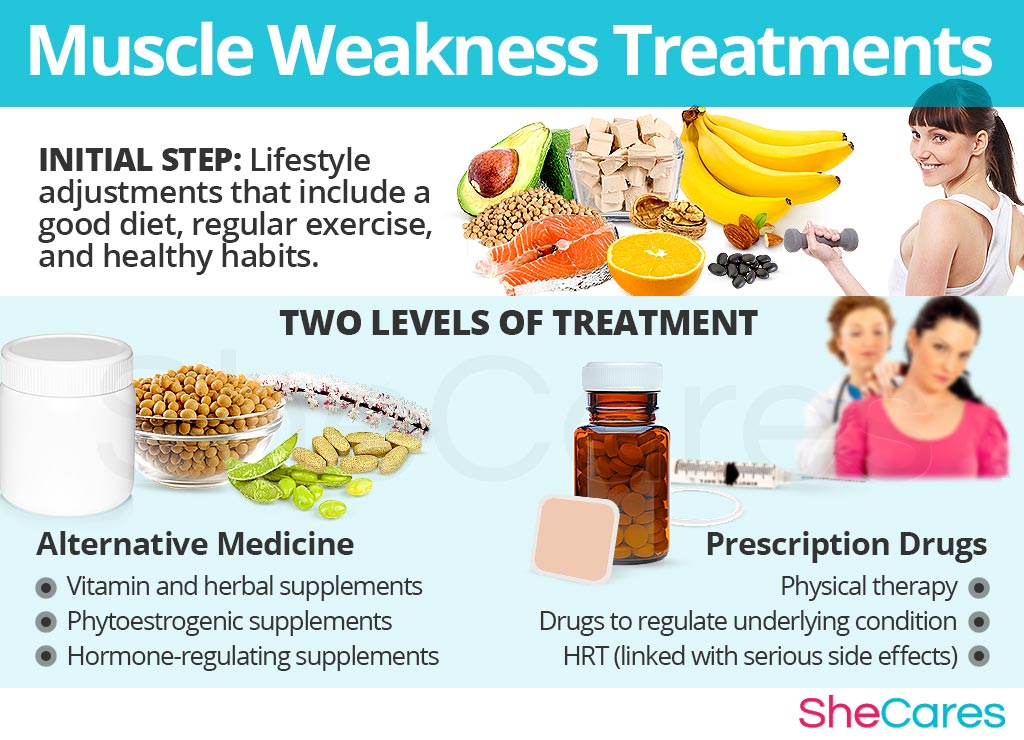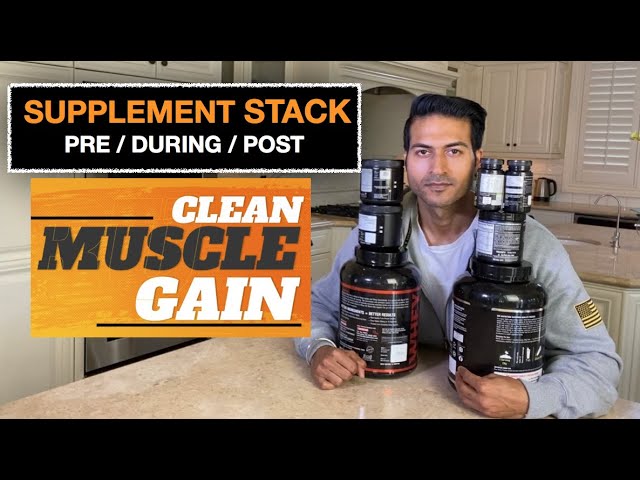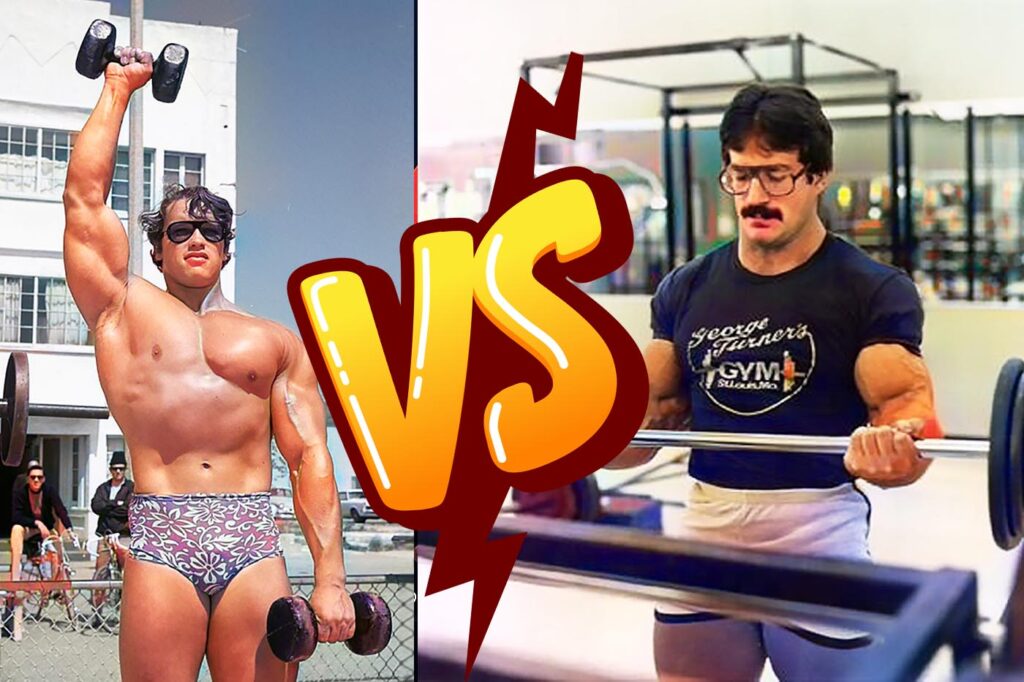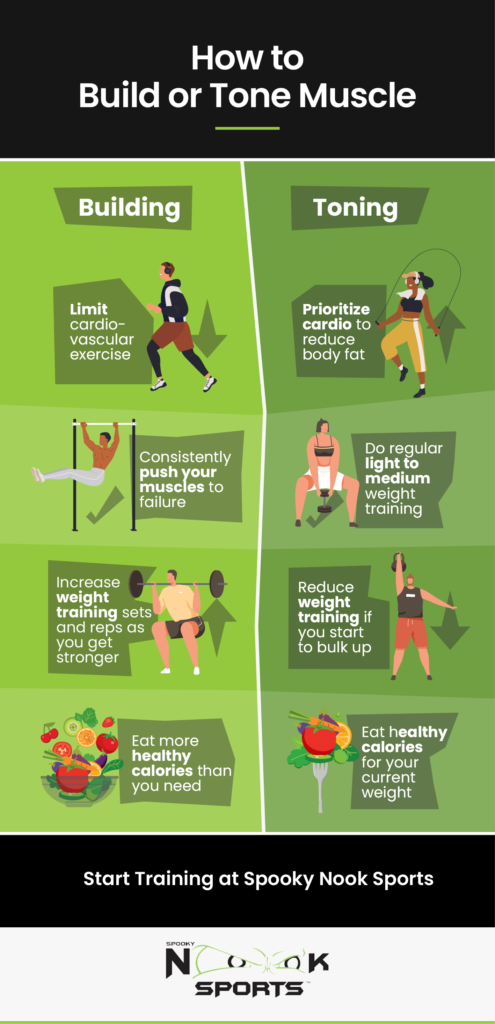Gaining muscle mass focuses on building larger muscles through strength training and increased caloric intake. Getting shredded emphasizes fat loss to reveal muscle definition.
Building muscle mass and getting shredded are two distinct fitness goals that require different approaches. Muscle mass gain involves lifting heavier weights and consuming more calories to support muscle growth. On the other hand, getting shredded requires a focus on fat loss through calorie deficit and cardio exercises.
Both goals require dedication, but the strategies differ significantly. Muscle mass gain benefits from high-protein diets and progressive overload in strength training. Shredding involves reducing body fat while maintaining muscle through a balanced diet and increased cardiovascular activity. Understanding these differences helps tailor your fitness routine effectively.

Credit: www.greatlakes.fitness
Gaining Muscle Mass
Strength training is key to building muscle. Lifting heavy weights helps muscles grow. Focus on compound exercises like squats and deadlifts. These exercises work multiple muscle groups at once. Train each muscle group at least twice a week. Rest is also very important. Muscles need time to recover and grow.
Eating more calories than you burn helps gain muscle. This is called a caloric surplus. Choose nutrient-dense foods like lean meats and whole grains. Healthy fats and vegetables are also important. Protein is crucial for muscle growth. Aim for at least 1 gram of protein per pound of body weight. Drink plenty of water to stay hydrated.
Getting Shredded
Cardio workouts help burn fat. Running, cycling, and swimming are great choices. Do cardio at least 3-5 times a week. These exercises increase your heart rate. They also help in burning more calories. Burning calories is key to getting shredded. Cardio also improves stamina.
Eating fewer calories than you burn creates a caloric deficit. This helps in losing fat. Track your daily calorie intake. Aim to reduce 500-1000 calories per day. This promotes steady weight loss. Focus on eating healthy foods. Choose lean proteins, vegetables, and whole grains. Avoid sugary drinks and junk food.
Diet Differences
Eating high protein foods is crucial for muscle gain. Protein helps repair and grow muscles. Common protein sources include chicken, beef, fish, eggs, and plant-based options like beans. Protein shakes can also boost your intake. Aim for 1.6 to 2.2 grams of protein per kilogram of body weight daily. Split your protein intake into several meals throughout the day.
A low-carb diet helps in shredding. This diet reduces body fat. Eat lean meats, fish, and vegetables. Avoid sugary foods, bread, and pasta. Keep your daily carb intake below 50 grams. This helps your body burn fat for energy. Drink plenty of water to stay hydrated and support fat loss. Small, frequent meals keep your metabolism active.

Credit: www.artofmanliness.com
Workout Routines
Heavy lifting builds muscle mass. Use heavy weights with fewer reps. Rest longer between sets. Focus on compound exercises. Squats, deadlifts, and bench presses are great. These exercises target multiple muscles. Eat more protein and calories. This helps muscle growth.
High reps help get shredded. Use lighter weights with more reps. Rest shorter between sets. Focus on isolation exercises. Bicep curls and leg raises are examples. These exercises target specific muscles. Eat less calories and more protein. This helps lose fat while keeping muscle.
Role Of Supplements
Creatine helps build muscle by giving extra energy to muscles. It allows you to lift heavier weights. This supplement also aids in faster recovery after workouts. Creatine is easy to take. Just mix it with water or juice. Most people see results within a few weeks. It is safe and effective for muscle gain.
Fat burners help in losing fat faster. They increase your metabolism and reduce appetite. This makes it easier to stick to your diet. Fat burners also give you more energy. They can help you exercise longer and harder. Always follow the dosage instructions. Too much can be harmful. Make sure to combine with a good diet and exercise plan.
Psychological Factors
Building muscle needs a strong motivation. People want to be bigger and stronger. They focus on lifting heavier weights. Eating lots of food is also key. It’s all about getting bigger muscles. Having a clear goal helps them push harder. They love seeing muscles grow. This keeps them going.
Getting shredded takes a lot of discipline. People want to look lean and cut. They have to eat very carefully. This means saying no to many foods. They also do more cardio exercises. Their goal is to lose fat and show muscles. It takes a lot of self-control. Seeing the results helps them stay strong.
Common Mistakes
Many people believe that more is better. But overtraining can harm your muscle gains. Muscles need time to rest and recover. Working out too much can lead to injuries. It can also cause fatigue and burnout. Stick to a balanced workout plan. Ensure you include rest days.
Under-eating is a common mistake when trying to get shredded. Your body needs fuel to burn fat. Eating too little can slow down your metabolism. This makes it harder to lose fat. Ensure you consume enough protein and healthy fats. A balanced diet helps in achieving a shredded look.
Long-term Sustainability
Building muscle mass requires a lot of time and effort. You need to follow a balanced diet and consistent workout routine. Protein intake plays a crucial role. Eating enough protein helps in muscle repair and growth. Strength training exercises are essential. They help in increasing muscle size and strength. Rest and recovery are also important. Your muscles need time to heal and grow.
Keeping low body fat involves strict calorie control. You need to burn more calories than you consume. A combination of cardio exercises and a low-calorie diet helps. Eating clean and healthy foods is important. Avoid sugary and fatty foods. Drink plenty of water to stay hydrated. Consistency is key to maintaining low body fat.

Credit: www.dickersonross.com
Frequently Asked Questions
What Is Muscle Mass?
Muscle mass refers to the amount of muscle in your body. It includes skeletal, smooth, and cardiac muscles. Increasing muscle mass involves resistance training and proper nutrition.
What Does Getting Shredded Mean?
Getting shredded means reducing body fat to reveal muscle definition. It often involves a strict diet and cardio. This results in a lean, toned physique.
How To Gain Muscle Mass?
To gain muscle mass, focus on resistance training. Consume a high-protein diet and get adequate rest. Consistency is key for muscle growth.
How To Get Shredded?
To get shredded, follow a calorie deficit diet. Incorporate high-intensity interval training (HIIT) and regular cardio. Maintain a balanced diet with low carbs.
Conclusion
Gaining muscle mass and getting shredded require distinct approaches. Focus on your specific goals and tailor your routine accordingly. Both paths demand dedication, proper nutrition, and consistent effort. Choose the right strategy for you and stay committed. Achieve your fitness dreams by understanding these differences and applying the right techniques.


